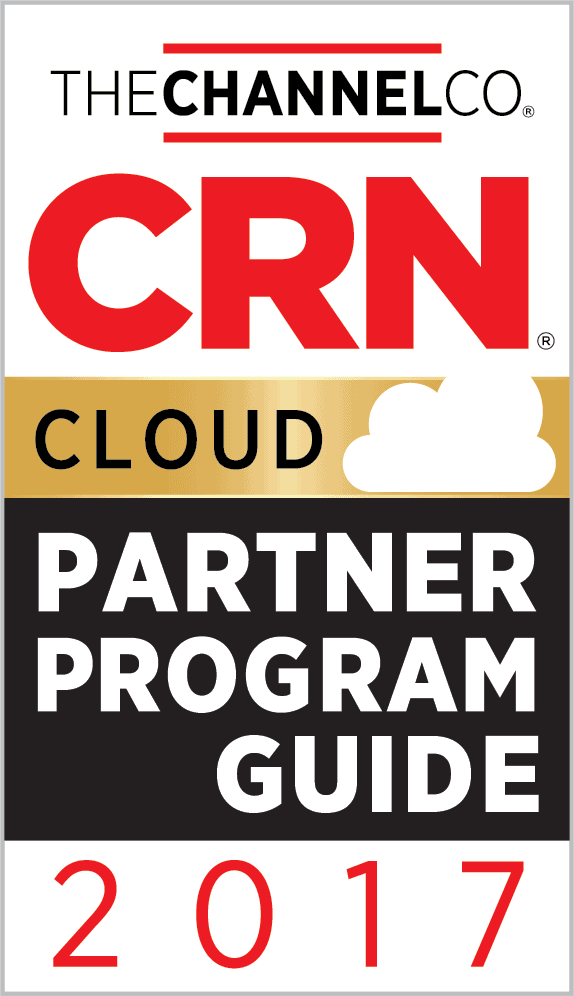IGEL Blog

Understanding the Differences Between DaaS and Traditional VDI
First things first. VDI is VDI, whether on premises or in the cloud. Also, VDI refers to a very specific subset of capabilities within the larger ‘Virtual Apps and Desktops’ field. VDI means a single user virtual desktop (usually Windows), based on a desktop-class operating system such as Windows 10. The other side of this is Server-Based-Computing, variously referred to as SBC or RDSH (Remote Desktop Session Host). With SBC, multiple users connect to a single instance of a Windows OS. This is what Citrix XenApp was famous for.
So, if VDI in the cloud is not necessarily DaaS, what actually is DaaS and what’s the difference between a VDI and a DaaS solution?
What is the difference between VDI and DaaS?
*aaS
At its heart, DaaS is simply a Virtual Apps & Desktops solution provided as a service from either a Managed Service Provider (MSP) or directly from a vendor. The key way to understand whether a cloud-based VDI solution is DaaS is which pieces are above and below the management ‘waterline’. This isn’t always clearly defined, and different solutions have different levels of ‘under the waterline’ management. Let’s look at some of the key features of a DaaS service.
Architecture
DaaS services often use a multi-tenant model. This means that all customers will be accessing logically segregated environments sitting on shared hardware. This makes more efficient use of underlying hardware and keeps costs down, but does place more requirements on the service provider to adequately manage the load on the hardware and ensure a balanced utilization of resources.
The hardware, including servers, the operating systems and the delivery platform itself are managed by the MSP and are therefore ‘under the waterline’ and hidden from the customer.
By contrast, a non-managed VDI deployment usually means that customers have complete control and access to all of their resources. The only contention issues experienced in this more traditional environment will be via either under-specced resources or unexpected spikes in utilization.
Control and Access
Traditional VDI means that customers have full control of every aspect of their implementation. This ensures that they can keep a tight grip on application usage, system monitoring, data storage, and user permissions. With this control comes a greater ability to comply with relevant laws and regulations regarding consumer data privacy and protection, which is especially important in fields like healthcare, education, and finance.
In a DaaS environment, the ability to configure, monitor, and store data will vary based on provider, though typically the level of control will be less that in traditional VDI deployments. Given that most DaaS environments are cloud-based, there may be more of a risk of cyberattacks. Further, not every DaaS vendor has fully adjusted their service offerings to meet common industry-specific regulatory requirements.
However, the DaaS industry has been crafting packages that comply with industry-specific regulations, such as HIPAA for healthcare entities. Additionally, the time saved delegating management of infrastructure to a third party may allow more flexibility to proactively address both compliance and strategic long-term data storage, security, development, and other issues and initiatives.
Costs
DaaS services operate on a subscription pricing model, which can assist in scaling up or scaling down operations as necessary. Subscription models are excellent for firms looking to minimize their capital expenses (CapEx), enjoy fixed-rate opening expenses (OpEx), and continually adjust their DaaS usage to match evolving consumer and market dynamics. However, DaaS can be as expensive – if not more when factoring in infrastructure – than VDI to access a fully managed service.
VDI can require significant CapEx for a successful deployment, especially if there is a need to establish a data center or substantially upgrade DCs. VDI can be cost-advantageous for firms with predictable needs, as after the upfront costs are paid, OpEx is relatively low. For firms with fluctuating growth or IT resource demands, VDI will require both CapEx and OpEx to scale systems up or down.
Elasticity and Flexibility
The subscription pricing model of DaaS allows rapid scaling up or down from a pricing perspective quite rapidly. From a user perspective, DaaS avoids the need to make hardware purchases and also removes the ‘racking and stacking’ requirement. All that is needed is the flexibility to purchase licensees as needed. Further, DaaS packages usually contain one or more operating system options built-in to their pricing.
VDI deployments can be less flexible. More expensive and time-consuming to deploy, they also take time and cost money to modify. Further, VDI constrains the ability to experiment with different operating systems because, in addition to hardware, there is a requirement to purchase, deploy, and configure each operating system — some of which may not be right for some organizations.
Platform Management
The most commonly noted difference between the two options, VDI, requires an organization to handle all aspects of installing, maintaining, and monitoring its infrastructure. With DaaS, the vendor manages the infrastructure and provides technical support.
Firms whose competitive advantage lies in their proprietary tech, and firms that store high quantities of sensitive data subject to extensive regulation, tend to gravitate towards VDI. DaaS attracts many companies without the dedicated IT resources necessary to manage their own tech stack effectively, but each approach has shortcomings left to the end-user to deal with.
What Does a Good Solution Look Like?
Regardless of operating environment, it’s likely that when accessing virtual environments, customers value:
- Ease of access
- Customizability
- Security
- Low maintenance requirements
- Resource usage
- Cost
VDI environments can provide security and customizability but require significant CapEx and OpEx, along with frequent maintenance and management.
DaaS affords businesses low CapEx and maintenance needs but ultimately provides a lower level of control over configurations and security than VDI.
End-users will care less about whether a VDI or DaaS deployment decreased network latency by increments or mitigated the risk of data breaches and more about whether they get the kind of access they need when they need it. But businesses know how crucial behind-the-scenes work, like securing endpoints and providing uninterrupted organization-wide access is involved.
IGEL OS
Whether currently operating in a VDI or DaaS environment, businesses likely spend considerable time patching or upgrading Windows endpoints — time better spent on other priorities. What’s needed is a low-cost, low-maintenance solution that helps secure endpoints, and is designed for operation in multiple environments across platforms. IGEL OS is that low-cost solution that’s easy to manage and deploy, while providing robust security across devices.
Tap into this next-gen enterprise platform designed for the new *aaS world. Contact IGEL today to learn more or sign up for a free trial.


